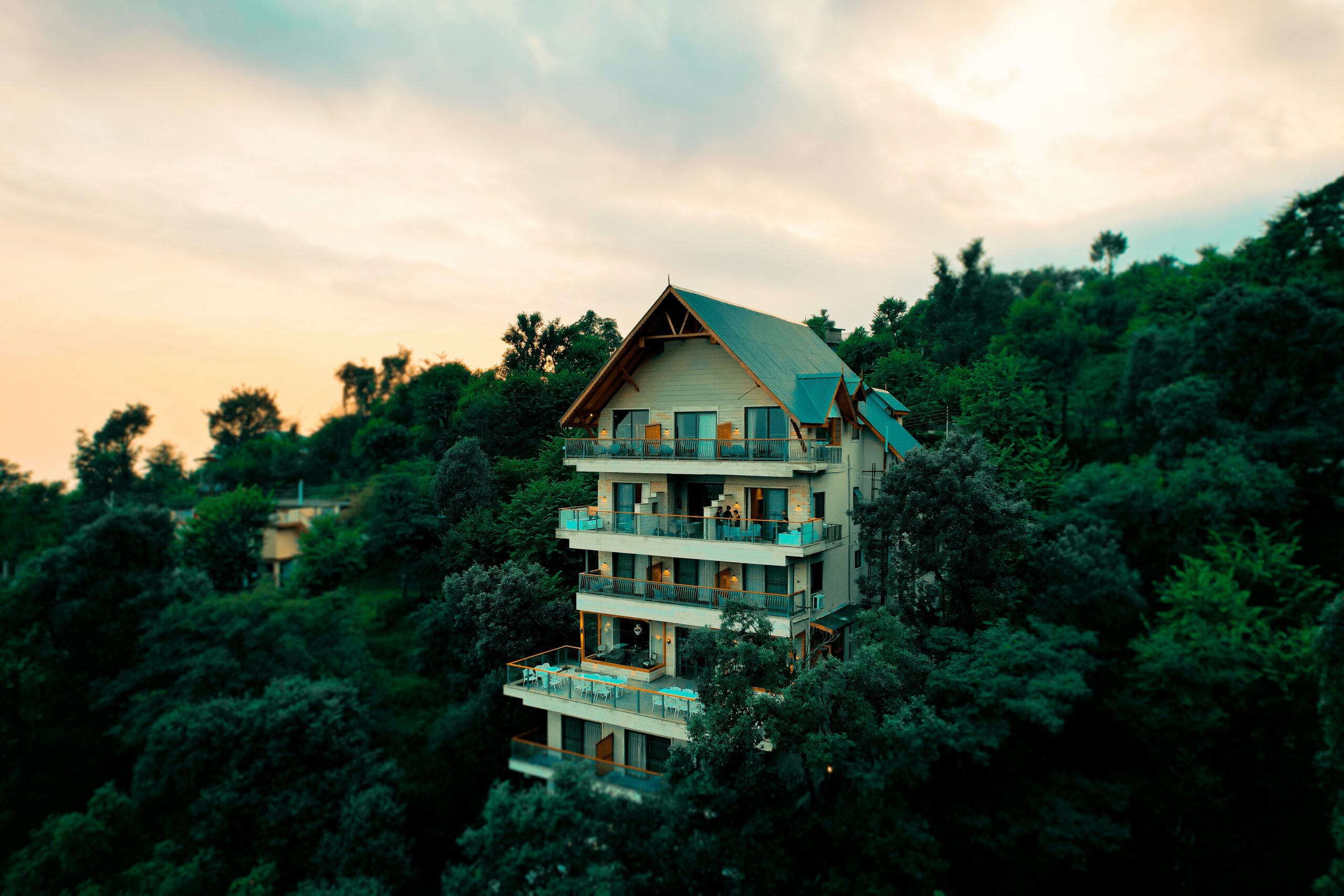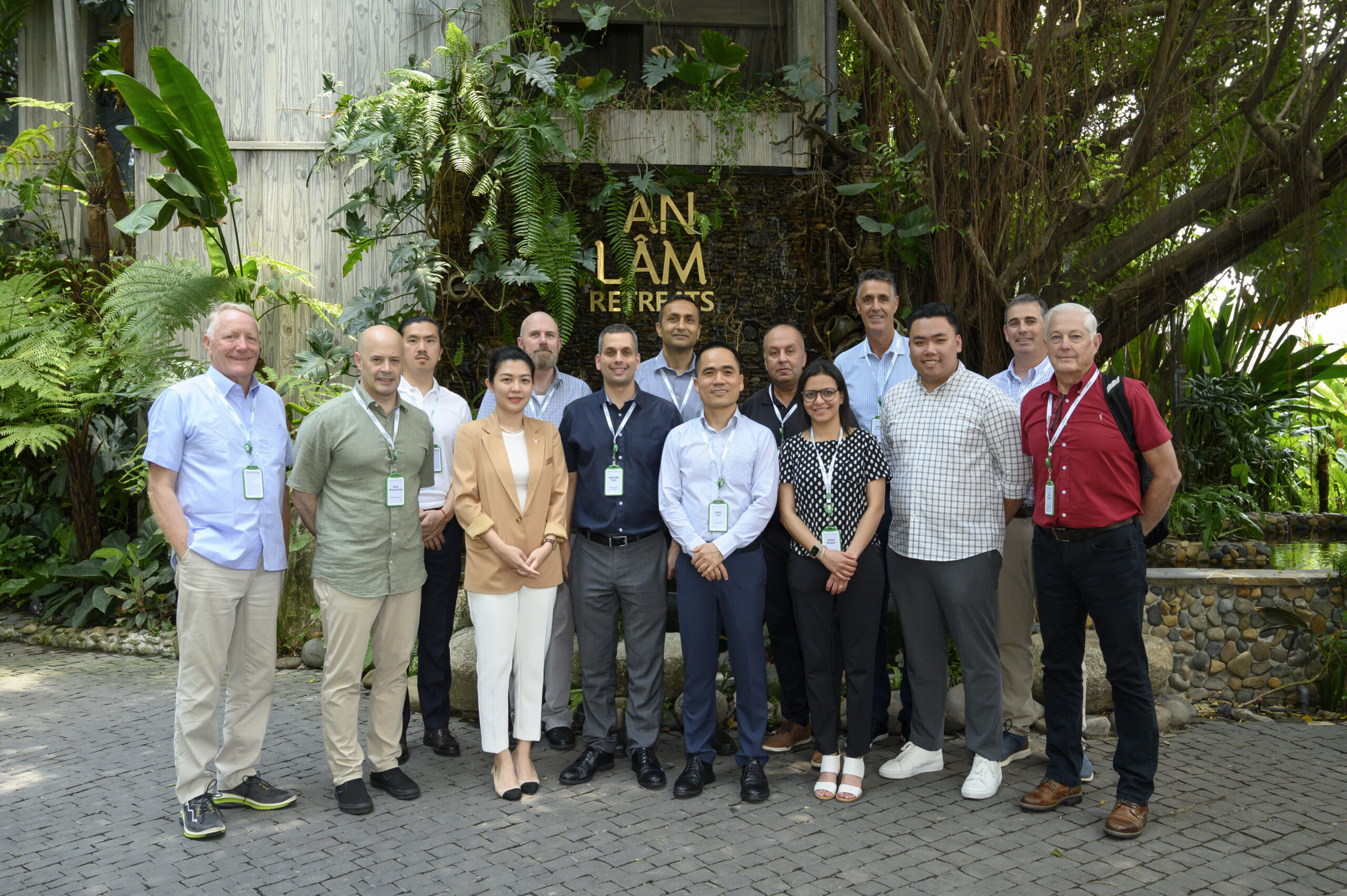The 2016 Forestry Asia Trade Mission has come to an end following three stops in Nanjing in Jiangsu Province.
The first stop was a meeting with Jiangsu Province’s Minister of Housing Urban and Rural Development to discuss progress on a memorandum of understanding that Thomson signed with the minister in 2014. The agreement includes enhanced co-operation and communication between the two governments, and commitments to research opportunities and locations for wood-frame construction in Jiangsu Province.
Building on the successful re-roofing initiatives in the Jiangsu cities of Nanjing and Zhenjiang, the two ministers discussed the potential for wood infill wall systems. A wood infill wall is a standard wall made from 2X6s and drywall, and installed between concrete floors, ceilings and pillars. About 21,600 households have benefited from the wood truss re-roofing projects.
Green building and construction industrialization, such as prefabrication, are two trends driving China’s construction sector, along with the development of regulations and policies that include ambitious targets of increasing prefabrication construction to 30% over the next 10 years.
The use of the new wall system was showcased during a site visit to Nanjing Middle School of Vocational Studies – the first commercialized project for wood infill walls. The wood infill wall is used in the school’s office building, which has a total wall area of 1,000 square metres. This trial project will allow for further study on the commercial viability of interior partition wall applications in Jiangsu.
Scheduled for completion in early winter, the school will leave a portion of the wood components visible to showcase the green building technology used in its construction and to promote wood as an environmentally friendly alternative to China’s traditional construction materials of steel and concrete.
Trade mission delegates also visited Nanjing Tech University, where they discussed potential long-term opportunities in China in the field of mass timber construction, learned about research being conducted for hybrid construction and helped promote the university’s wood research program. Delegates also used the University of British Columbia’s 18-storey Brock Commons and the six-storey Wood Innovation Design Centre in Prince George as examples to strengthen British Columbia’s image as a leader in mass timber and tall wood construction.
Trade missions are an important part of British Columbia’s international engagement strategy to support economic growth in priority sectors as well as BC Jobs Plan objectives. Maintaining and expanding markets, including strengthening key Asian markets, supports the Province’s goal of a diverse, globally competitive forest industry, outlined in Strong Past, Bright Future: A Competiveness Agenda for B.C.’s Forest Sector.
For more information please visit https://news.gov.bc.ca/stories/2016-forestry-trade-mission-to-asia


